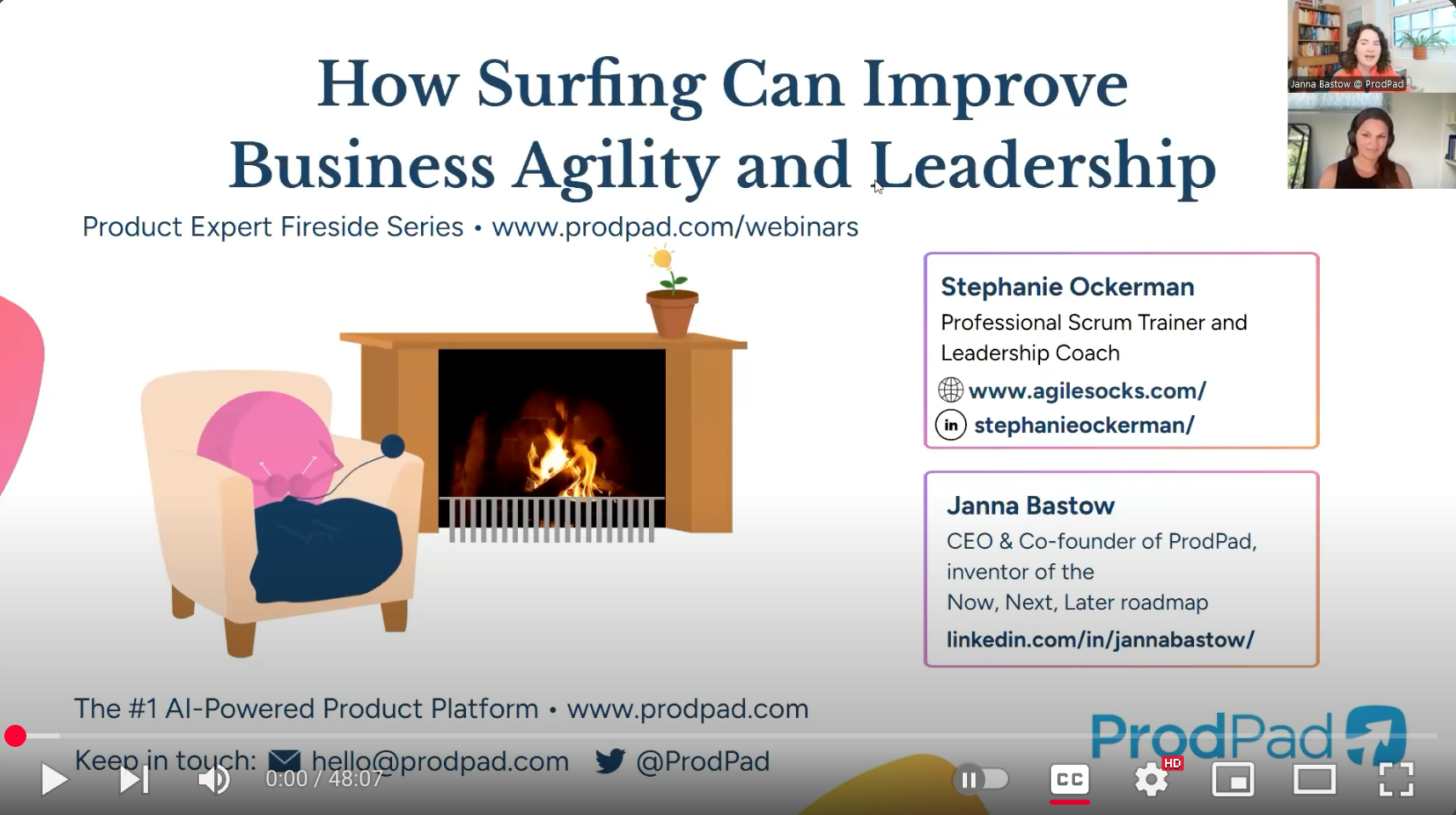
This post is part of a series of Coaching Secrets inspired by my Coaching Skills for Impact online course.
We worry if we are asking the right question.
We worry about saying the right thing.
We overthink it.
We get stuck in our head. And now we are not actively listening.
We are not picking up on the tone of voice, the hesitation, the body language, the energy.
We lost that connection with the person we are coaching.

We don’t have to script the perfect coaching conversation. In fact, trying to script it will likely lead to a rather boring discussion with very little learning, insight, or action.
There may be a known topic, but that does not mean a coach comes into the conversation with a detailed list of bullet points. And even if we have a known topic, that may not be the most important thing for the person to be coached on at the moment.
This means we go where the conversation needs to go in service of the person we are working with. We enable more creativity and learning when we work with what arises in the moment instead of sticking to a rigid plan.
We need to follow the aliveness.
Emotion is simply energy in motion. And emotion is part of being human.
When our emotions are flowing freely, they bring us energy and provide the fuel for us to grow and make lasting changes in our lives.
As a coach, you can help the other person recognize and explore emotion.
Unfortunately, society has pushed a message that “being emotional” is bad or unprofessional.
Emotions are part of the normal functioning of a human being, not a sign of weakness or impairment.
When we are talking about things that are deeply important to us, there is sure to be emotion. So why would we expect people to hide or suppress emotion?
We may feel immense passion about our work. We may feel pride in doing something new and challenging. We may feel powerless in a relationship with a co-worker. We may feel grief when we experience significant changes in our lives. There is a lot to explore in those statements.
There is a lot to learn about ourselves – what’s important to us, what we want, and what thought patterns are driving our emotions.
Harnessing the power of emotion is what leads to intentional action.
Resonance occurs when an object’s natural vibration frequency responds to an external stimulus of the same frequency.
When a question we ask or a statement we make resonates with someone, what we are picking up on is the emotion. When a question we ask or a statement we make falls flat, we have feedback indicating that is not where the aliveness is.
So we dance.
We adapt and seek out the aliveness. That is where you will find the power of coaching.

Step 1: Take a few minutes and reflect on the conversations you had in the past 24 hours.
Step 2: Look at the discussions you have planned this week, and identify 2-3 where you want to practice your coaching skills. For each of those discussions, do the following:
And if you are you ready to take your learning deeper and create more impact, register now for my self-guided online course Coaching Skills for Impact.



AGILE SOCKS is a registered trademark of Agile Socks LLC. Other marks used herein are the property of their respective owners. For more information see Trademark Notice in Terms & Conditions.